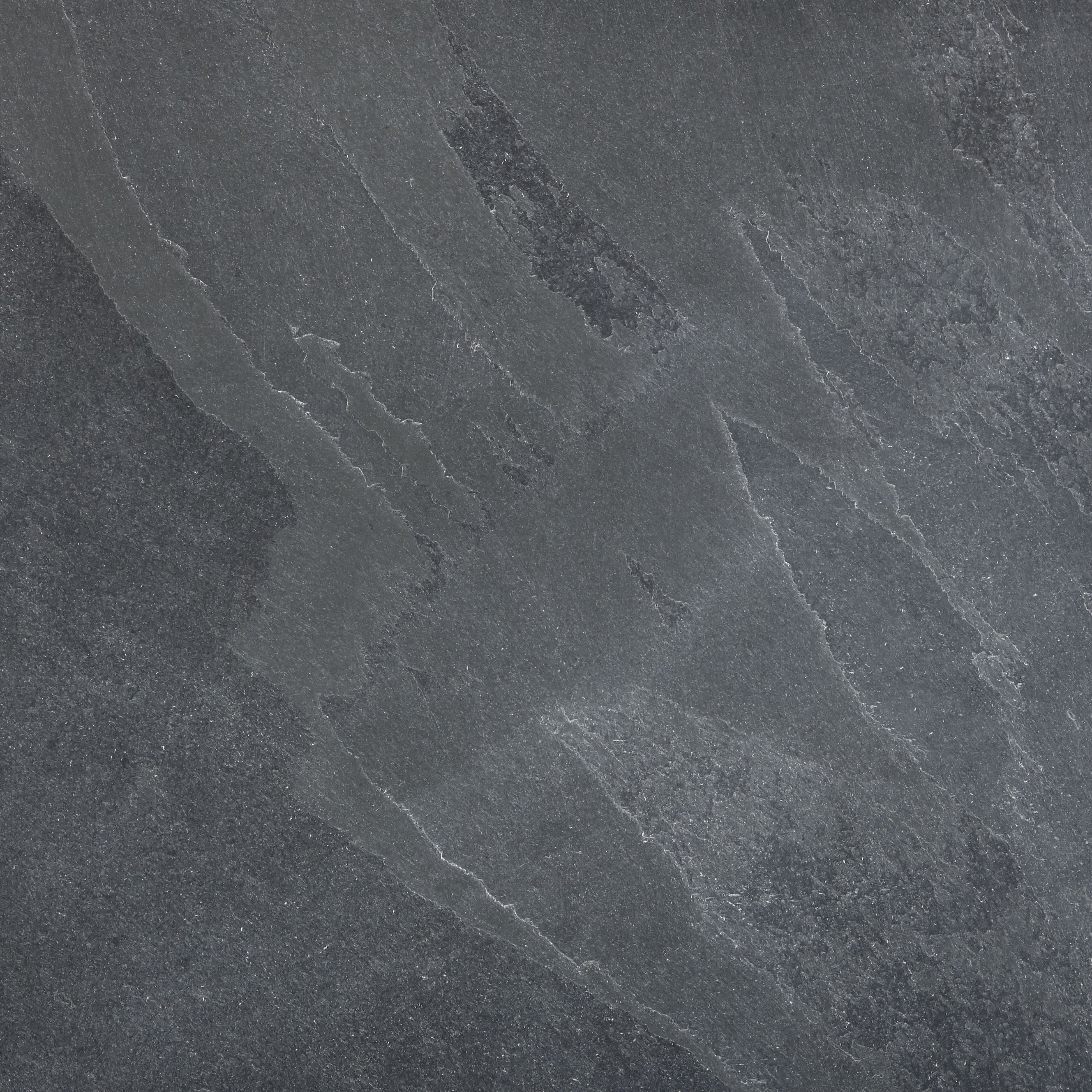Introduction:
Cultured stone, also known as manufactured or artificial stone, has gained immense popularity in the world of construction and design. Offering a wide range of textures, colors, and finishes, cultured stone has become a go-to choice for architects, builders, and homeowners seeking to enhance the aesthetic appeal of their spaces while maintaining durability and cost-effectiveness.
In this comprehensive guide, we will delve into the captivating world of cultured stone texture. We will explore its origins, manufacturing process, various textures and finishes available, and the benefits it brings to architectural and design projects. Join us on this journey as we unravel the allure of cultured stone texture.
Section 1: Origins and Manufacturing Process
1.1 The Origins of Cultured Stone
- Historical context and evolution
- The emergence of cultured stone as an alternative to natural stone
1.2 The Manufacturing Process
- Raw materials used in cultured stone production
- Overview of the casting and molding process
- Factors influencing texture and appearance
Section 2: Exploring Cultured Stone Texture
2.1 Textures Inspired by Natural Stone
- Limestone texture
- Sandstone texture
- Slate texture
- Granite texture
- Travertine texture
- Marble texture
2.2 Contemporary and Innovative Textures
- Smooth and polished finishes
- Rough-hewn and rugged textures
- Stacked stone texture
- Split-face texture
- Brick and cobblestone texture
- Weathered and aged textures
Section 3: Benefits and Advantages of Cultured Stone Texture
3.1 Cost-Effectiveness
- Lower installation and labor costs compared to natural stone
- Reduced transportation expenses
- Availability of affordable options
3.2 Durability and Longevity
- Resistant to impact, weather, and wear
- Non-porous and resistant to mold and mildew
- Minimal maintenance requirements
3.3 Versatility and Design Freedom
- Wide range of colors, textures, and finishes
- Customization options to suit various architectural styles
- Ability to mimic the appearance of high-end materials
3.4 Sustainability
- Reduced environmental impact compared to natural stone
- Efficient use of raw materials
- Energy-efficient production processes
Section 4: Applications of Cultured Stone Texture
4.1 Exterior Applications
- Facades and cladding
- Retaining walls and garden features
- Outdoor kitchens and fireplaces
- Pool surrounds and water features

4.2 Interior Applications
- Accent walls and feature panels
- Fireplaces and hearths
- Flooring and staircases
- Bathroom and kitchen backsplashes
Section 5: Maintenance and Care
5.1 Cleaning and Maintenance Tips
- Regular cleaning routines
- Appropriate cleaning products
- Stain prevention and removal
5.2 Repair and Restoration
- Addressing minor damages
- Replacing individual stones
- Restoration techniques for aging finishes
Section 6: Cultured Stone Texture in Contemporary Design Trends
6.1 Minimalism and Clean Lines
- Smooth finishes for sleek and contemporary spaces
- Monochromatic color schemes
6.2 Industrial and Rustic Charm
- Rough-hewn and aged textures for a vintage appeal
- Exposed brick and stacked stone finishes
6.3 Biophilic Design and Natural Elements
- Organic textures inspired by natural stone
- Earthy color palettes
Conclusion:
Cultured stone texture offers an array of possibilities for architects, builders, and homeowners seeking to enhance the aesthetics of their spaces. With its vast range of textures, colors, and finishes, cultured stone provides a cost-effective, durable, and versatile alternative to natural stone. Whether used on Flagstone vs slate in gardens or interiors, cultured stone texture brings character, style, and elegance to any design project.
As we have explored in this comprehensive guide, the allure of cultured stone texture lies not only in its ability to mimic the appearance of high-end materials but also in its sustainability and ease of maintenance. Embracing contemporary design trends, cultured stone texture has become a staple in architectural and design endeavors, allowing for creativity and expression.
So, whether you are envisioning a sleek and modern facade or a rustic, nature-inspired interior, consider the possibilities that cultured stone texture can offer. With its diverse range of textures and finishes, it is sure to transform any space into a captivating work of art.
